Browse Our Services
To More Inquiry
Umrah is a sacred act of worship, and Ziyarah — the visiting of religious and historical sites — is a deeply spiritual practice commonly undertaken by pilgrims during their journey. Every year, thousands of believers travel to Makkah and Madinah not only to perform Umrah but also to visit the revered landmarks associated with the Prophet Muhammad (peace be upon him), his family, companions, and significant moments in Islamic history.
Ziyarah, meaning "visitation," refers specifically to visiting sacred places with religious importance. While not an obligatory component of Umrah, it is strongly encouraged. Many scholars and believers consider Umrah incomplete without visiting the prominent Ziyarah sites, as it enhances the spiritual experience, brings peace of mind, and fosters a deeper connection to Islamic heritage.
If you're planning your pilgrimage and unsure which Ziyarah sites to prioritize in Makkah and Madinah, this guide offers a curated list of must-visit locations that hold profound spiritual and historical significance.
Makkah is home to several revered sites closely linked to the life of Prophet Muhammad (peace be upon him). These landmarks offer a glimpse into the early days of Islam and are a source of immense blessing for pilgrims.
Masjid al-Taneem, also known as Masjid Aisha, is one of the important Miqats (designated locations for entering the state of Ihram) for those intending to perform Umrah. It is named after Hazrat Aisha (may Allah be pleased with her), the wife of the Prophet (peace be upon him), who entered Ihram from this location. Located just a few kilometers from Masjid al-Haram, it is a convenient and significant site for pilgrims preparing for Umrah.
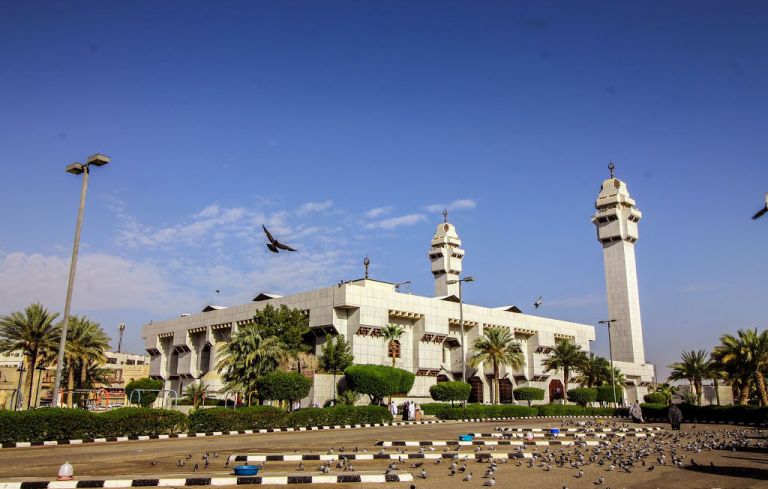
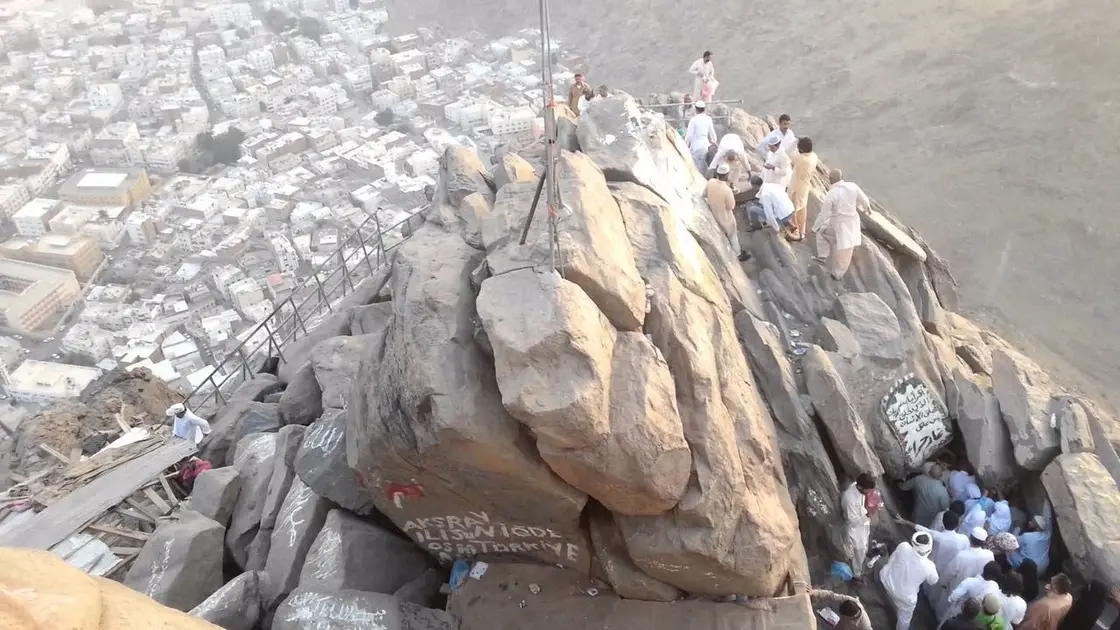
Situated on Jabal al-Nour, the Cave of Hira is where the Prophet Muhammad (peace be upon him) received the first revelation of the Qur’an through the Angel Jibreel (Gabriel). This is one of the most spiritually profound places in Makkah, attracting pilgrims who wish to reflect on the moment when the divine message of Islam began.
Located in the mountains south of Makkah, the Cave of Thawr is where the Prophet (peace be upon him) and his companion Abu Bakr (may Allah be pleased with him) sought refuge while fleeing persecution during the migration to Madinah. This site symbolizes trust in Allah’s protection and is a powerful place of reflection and connection to prophetic history.
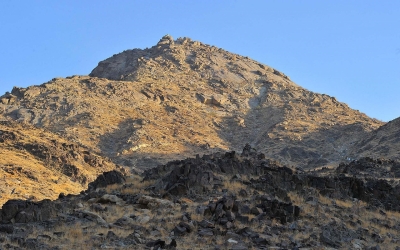
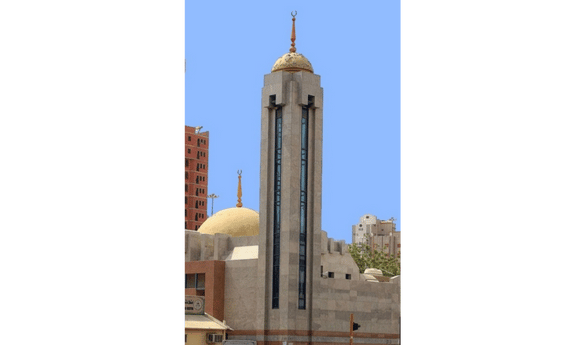
This mosque marks the spot where a group of jinn heard the Prophet Muhammad (peace be upon him) reciting the Qur’an and subsequently embraced Islam. It is a unique and historically significant site that symbolizes the universality of the Islamic message. Pilgrims visit this mosque as part of their Ziyarah to honor this event.
This site has a significant place in the history of Islam as it is the graveyard where Hazrat Khadija, the first wife of Prophet Muhammad (peace be upon him), along with some other family members is buried. Pilgrims visit this site during their Hajj and Umrah pilgrimage to pay their respects to the Prophet’s (peace be upon him) family. It is a 10-minute drive from the Grand Mosque in Makkah.
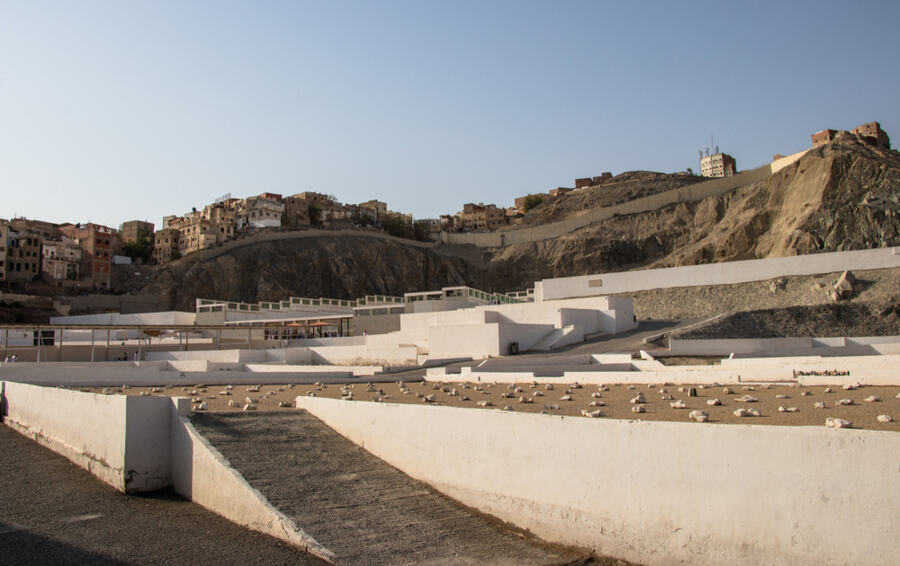
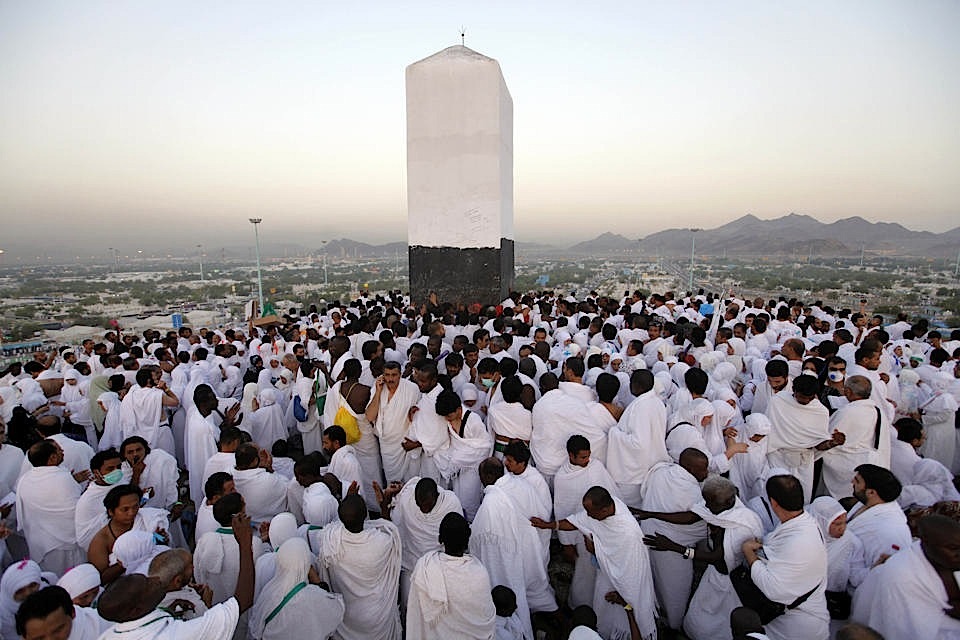
This site is hard to overlook when you’re organising your Ziyarah trip to the city. It is also known as Mount Arafat or the Mount of Mercy and is the place where the Prophet (peace be upon him) delivered his last sermon after completing Hajj. An annual Hajj gathering takes place just below this rocky height. Standing here is an essential part of the Hajj pilgrimage, and it is considered invalid if a pilgrim fails to reach here.
Madinah, the city of the Prophet (peace be upon him), holds an irreplaceable place in the hearts of Muslims. Its mosques, graves, and historical sites are deeply tied to the early development of Islam and offer pilgrims an unmatched spiritual atmosphere.
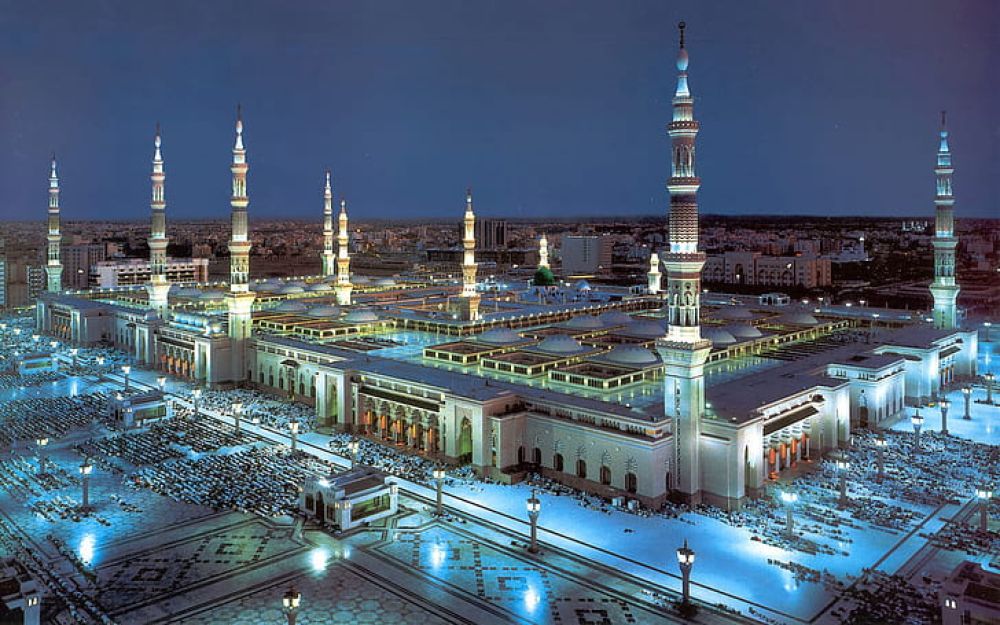
Masjid al-Nabawi, the Prophet's Mosque, is the second holiest mosque in Islam after Masjid al-Haram. Established by the Prophet Muhammad (peace be upon him) himself, it houses his blessed grave. Praying here is considered to be worth a thousand prayers elsewhere. For many, visiting Masjid al-Nabawi is the spiritual climax of their journey.
Masjid al-Qiblatain (Arabic: مسجد القبلتين), meaning “The Mosque of the Two Qiblas”, is one of the most historically significant mosques in Islam. It marks the unique event when the Qibla — the direction Muslims face during prayer — was divinely changed from Masjid al-Aqsa in Jerusalem to the Ka’bah in Makkah.
This momentous event occurred in the month of Rajab, in the 2nd year after Hijrah (2 AH), during a congregational prayer led by the Prophet Muhammad ﷺ in this very mosque.
During his time in Makkah, the Prophet Muhammad ﷺ used to pray in such a way that he faced Bayt al-Maqdis (Masjid al-Aqsa) in Jerusalem, with the Ka’bah still within his line of sight. However, after his migration to Madinah, this alignment was no longer possible. For approximately 16 months, the Prophet ﷺ and his Companions prayed facing Jerusalem, though he continued to hope that the Qibla would be changed to the Ka’bah.
That hope was fulfilled during one of the daily prayers — some reports say Dhuhr, others say Asr — while the Prophet ﷺ was leading his Companions in prayer. Mid-prayer, a divine command came through a revelation in the Qur’an:
"Indeed, We see the turning of your face, [O Muhammad], toward the heaven, and We will surely turn you to a Qibla with which you will be pleased. So turn your face toward Al-Masjid al-Haram. And wherever you [believers] are, turn your faces toward it [in prayer]."
— Surah al-Baqarah, 2:144
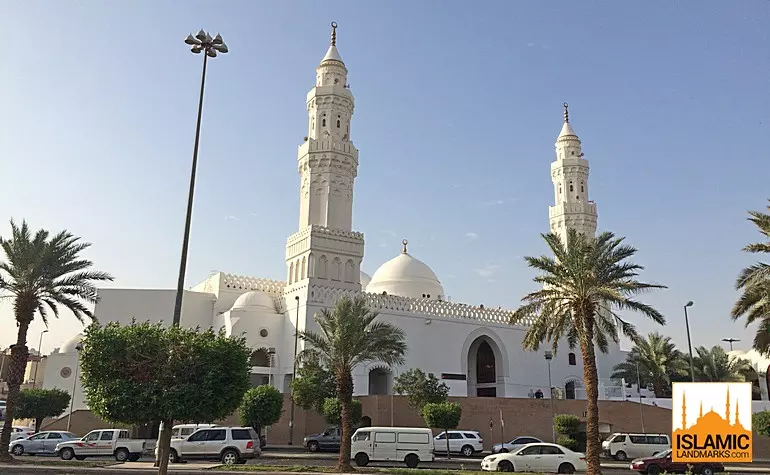
In obedience to this command, the Prophet ﷺ turned from facing Jerusalem to facing Makkah — and the congregation followed him, thus completing the prayer facing the new Qibla. This marked the first prayer ever performed with the Ka’bah as the new direction, making Masjid al-Qiblatain a symbolic site of change and obedience.
Today, Masjid al-Qiblatain is a popular Ziyarah destination in Madinah. Inside the mosque, there are two prayer niches (mihrabs): one in the direction of Jerusalem, and the other facing Makkah. A marker on the wall opposite the current Qibla still indicates the original direction Muslims once faced.
For Muslims visiting Madinah, praying at Masjid al-Qiblatain serves as a profound reminder of the unity of the Ummah and the pivotal moment that aligned the Muslim community with the Ka’bah in Makkah — the spiritual heart of Islam.
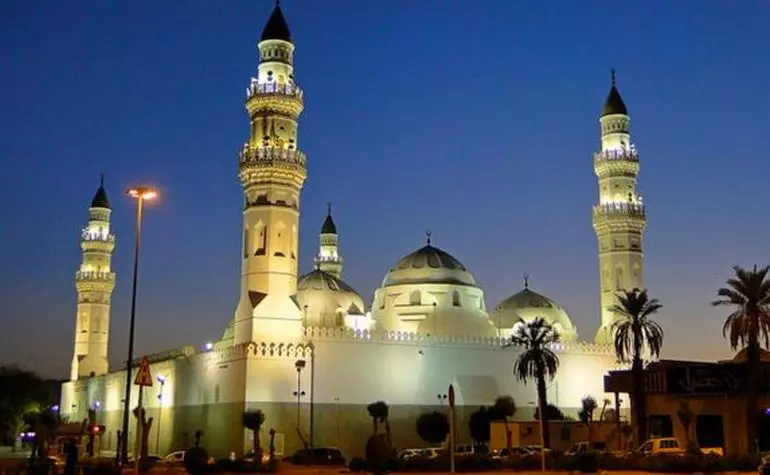
Masjid Quba is the first mosque built by the Prophet (peace be upon him) upon his arrival in Madinah. It is located on the outskirts of the city and holds a special place in Islam. According to Hadith, performing two rak’ahs of prayer in Masjid Quba is rewarded as equivalent to performing Umrah. It is highly recommended for pilgrims to visit this mosque during their stay in Madinah.
Mount Uhud is the site of the historic Battle of Uhud, where many companions of the Prophet (peace be upon him) were martyred. Pilgrims visit the mountain and the graves of the martyrs, including the beloved uncle of the Prophet, Hamza ibn Abdul Muttalib (may Allah be pleased with him), to pay their respects and reflect on the sacrifices made for the sake of Islam.
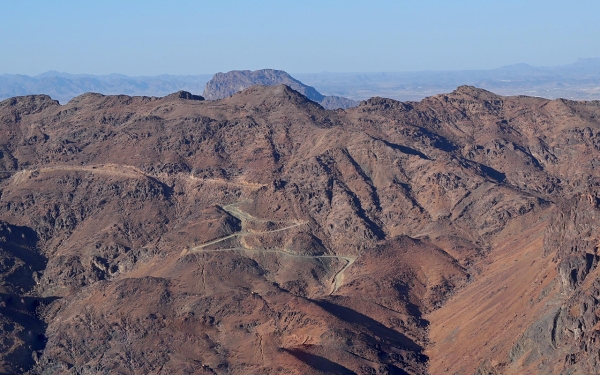
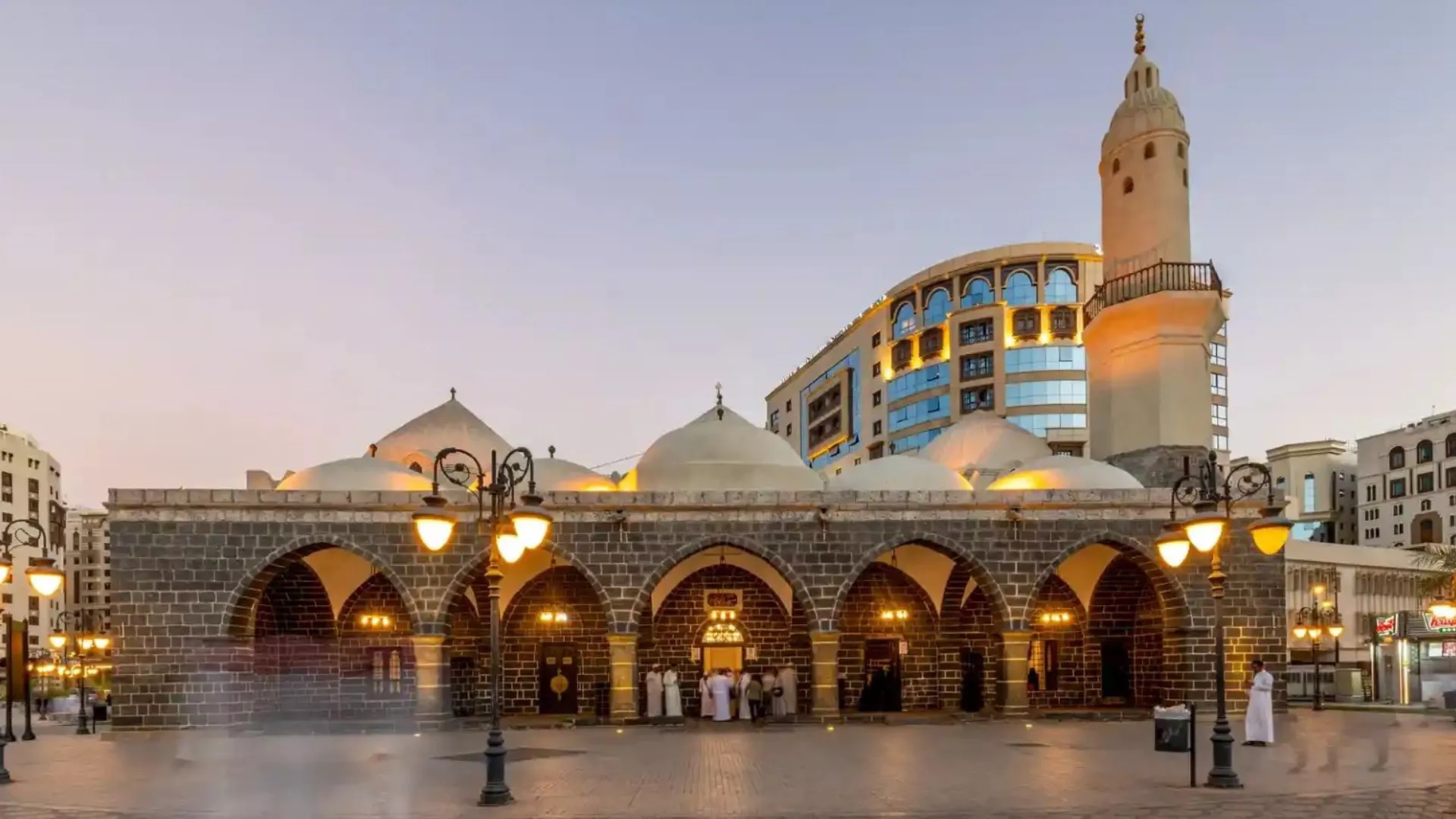
Masjid al-Ghamama is one of the oldest mosques in Madinah. It is believed to be the place where the Prophet Muhammad (peace be upon him) led Eid prayers and prayed for rain during a drought — after which it rained heavily, hence the name "Ghamama" meaning "cloud." This mosque is deeply connected to the prophetic Sunnah and continues to be a spiritual stop for pilgrims.
Fatah is an Arabic word that means ‘conquest’ or ‘victory.’ Masjid Al-Fatah is one of the significant seven historical mosques in Islam.
According to Islamic history, it is where the Messenger (PBUH) of Allah SWT supplicated (made dua) during the Battle of Trench, and Allah SWT sent him (PBUH) glad tidings in this regard.
Jabir (RA) reported that during the Battle of Khandaq, after his ritual prayers, Prophet Muhammad (PBUH) made dua for three days asking Allah SWT to grant the Muslims victory. Among his duas was, “O Allah SWT, Revealer of the Book, swift in taking account, turn the confederates to flight, O Lord, defeat them and cause them to quake.”
“There is no God but Allah SWT, the One who conferred upon His armies the honour of victory and helped His servant and routed the confederates alone; there is nothing after that.”
Thus, on the third day of the siege, between the Zuhr and Asr prayers, Allah SWT answered the prayers of Prophet Muhammad (PBUH). The Almighty sent Angel Jibreel (AS) to give the good news to Prophet Muhammad (PBUH). Masjid Al-Fatah is constructed on the same spot where this event took place. Soon after, a fierce wind raged over the site, dispersing the pagan army and ending the war (siege).
It is narrated that the mosque was named “Al-Fatah” because Prophet Muhammad (PBUH) prayed here during the Battle of Khandaq, and the battle ended in victory for the Muslims.
Masjid Al-Fatah is believed to be a key place of worship and is visited by millions of Muslims every year.
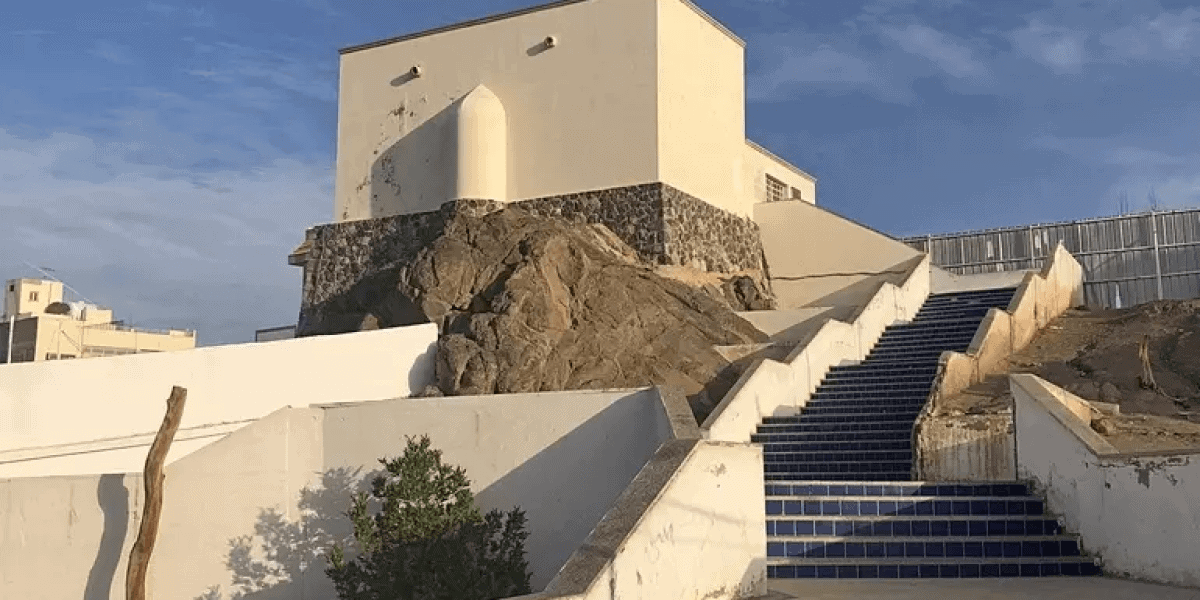
Masjid Al-Fatah is located at the base of Mount Sala on its western point in Madinah, Saudi Arabia. It is a small mosque atop a small cliff that marks the location where the Battle of Trench took place. Alongside Masjid Al-Fatah are the following mosques: Salman Al-Farsi Mosque, Umer bin Khattab Mosque, Abu Bakr As-Siddiq Mosque, Al-Qiblatain Mosque, Fatimah Az-Zahra Mosque, and Ali bin Abi Talib Mosque.
The Battle of Khandaq, also known as the Battle of the Confederates, was a 30-day-long siege in Madinah by Jewish and Arab tribes. Allah SWT in the Holy Quran uses the word ‘confederate’ to indicate the Confederacy of Jews and Pagans against Islam.
As soon as Prophet Muhammad (PBUH) got the news of Jews rallying against Muslims, he (PBUH) suggested that the Muslims dig a trench around Madinah.
The Confederate army repeatedly failed despite trying multiple times to cross the trench. Therefore, they decided to lay a siege on Madinah for 30 nights.
However, the Confederate army became restless as the days passed, and Amr challenged the Muslims to a duel. Prophet Muhammad (PBUH) accepted the challenge and sent Ali ibn Abi Talib to fight for the Muslims, resulting in the victory of the righteous.
Also known as Baqi al-Gharqad, Jannat al-Baqi is the first and most significant cemetery in Madinah. Referred to as the "Garden of Heaven", this sacred site holds immense historical and spiritual importance in Islam. It is the final resting place of many of the Prophet Muhammad’s ﷺ family members, close companions, and other prominent figures of early Islam.
It is said that the Prophet Muhammad ﷺ personally chose this location to serve as a cemetery. The first person to be buried here was As‘ad bin Zurarah (RA), an Ansari companion of the Prophet.
Among those buried in Jannat al-Baqi are:
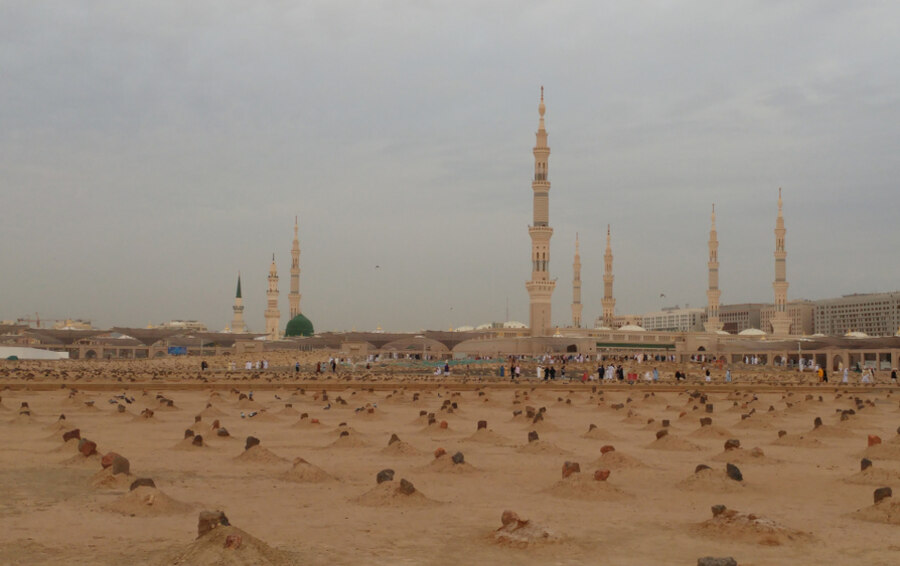
Visiting Jannat al-Baqi is considered virtuous and spiritually rewarding, especially on Fridays. While there are no specific rituals required, visitors often make du‘a (supplication) for the deceased and seek forgiveness from Allah, reflecting on the humility of life and the legacy of those who are buried there.
For pilgrims and visitors to Madinah, a visit to Jannat al-Baqi serves as a humbling reminder of the early Muslims’ sacrifices and the profound connection between this life and the hereafter.
Visiting the Ziyarah places in Makkah and Madinah is a deeply enriching experience that complements the rituals of Umrah. These sacred sites offer a chance to walk in the footsteps of the Prophet Muhammad (peace be upon him), connect with Islamic history, and renew your faith with humility and gratitude.
If you're planning your Umrah, consider incorporating these Ziyarah locations into your itinerary to make your pilgrimage truly meaningful. Whether you're seeking knowledge, peace, or a closer bond with the divine, these holy landmarks offer all that and more.